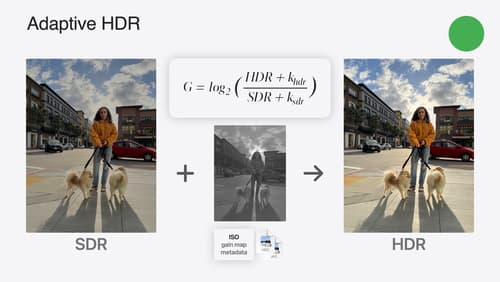whats the difference between iOS 18 and iPhone OS 2.0
Asked on 2024-07-31
1 search
The differences between iOS 18 and iPhone OS 2.0 are substantial, reflecting the evolution of Apple's mobile operating system over many years. Here are some key differences based on the context provided:
iOS 18
-
Privacy Enhancements:
- Improved transparency and control over access to local network, Bluetooth, and contacts.
- New flow for sharing contacts, allowing users to select specific contacts to share (What’s new in privacy).
-
Device Management:
- New exceptions for enrolling MDM on newly set up devices.
- Support for multiple private cellular network payloads.
- New controls for locking and hiding apps using Face ID, Touch ID, or a passcode (What’s new in device management).
-
StoreKit and In-App Purchases:
- Deprecation of the original API for in-app purchases, with a strong recommendation to use StoreKit 2 (What’s new in StoreKit and In-App Purchase).
-
User Interface and Customization:
- New features in UIKit, including improvements to transitions, animations, and a new document launch experience (What’s new in UIKit).
- Customizable app icons and widgets that can appear light, dark, or with a tint (Platforms State of the Union).
-
HDR and Image Handling:
- New global tone mapping operator for HDR images to improve output quality (Use HDR for dynamic image experiences in your app).
iPhone OS 2.0
-
App Store Introduction:
- The introduction of the App Store, allowing third-party apps to be installed on the iPhone.
-
Core Features:
- Support for Microsoft Exchange ActiveSync.
- Introduction of MobileMe (later replaced by iCloud).
-
Basic Functionality:
- Basic functionalities like email, web browsing, and media playback were the primary focus.
- Limited customization options compared to modern iOS versions.
-
User Interface:
- A more basic and less customizable user interface compared to iOS 18.
- No support for widgets or advanced UI elements like those found in iOS 18.
-
Security and Privacy:
- Basic security features without the advanced privacy controls and permissions found in iOS 18.
In summary, iOS 18 offers advanced privacy controls, enhanced device management, modernized in-app purchase APIs, and extensive customization options, reflecting the significant technological advancements since iPhone OS 2.0.

Use HDR for dynamic image experiences in your app
Discover how to read and write HDR images and process HDR content in your app. Explore the new supported HDR image formats and advanced methods for displaying HDR images. Find out how HDR content can coexist with your user interface — and what to watch out for when adding HDR image support to your app.

Platforms State of the Union
Discover the newest advancements on Apple platforms.

What’s new in UIKit
Explore everything new in UIKit, including tab and document launch experiences, transitions, and text and input changes. We’ll also discuss better-than-ever interoperability between UIKit and SwiftUI animations and gestures, as well as general improvements throughout UIKit.
